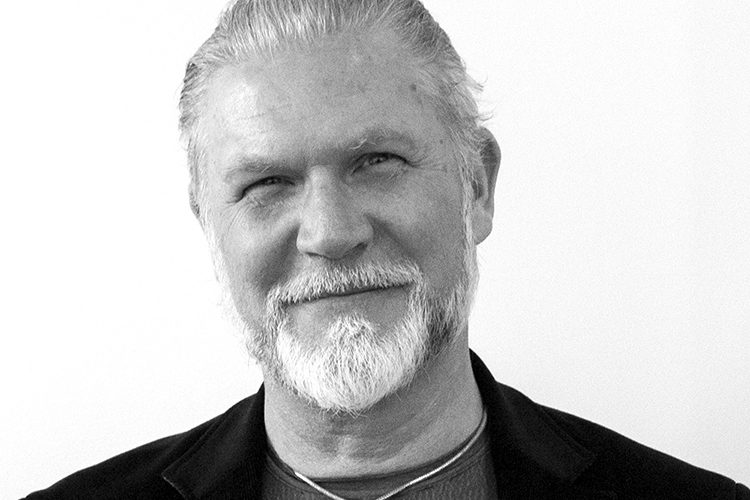How Green Furniture Concept achieves placemaking through design
- Like
- Digg
- Del
- Tumblr
- VKontakte
- Buffer
- Love This
- Odnoklassniki
- Meneame
- Blogger
- Amazon
- Yahoo Mail
- Gmail
- AOL
- Newsvine
- HackerNews
- Evernote
- MySpace
- Mail.ru
- Viadeo
- Line
- Comments
- Yummly
- SMS
- Viber
- Telegram
- Subscribe
- Skype
- Facebook Messenger
- Kakao
- LiveJournal
- Yammer
- Edgar
- Fintel
- Mix
- Instapaper
- Copy Link
Posted: 3 March 2020 | Green Furniture Concept | No comments yet
Jonathan Nilsson, CEO of Green Furniture Concept, discusses how airports should implement placemaking through design.


What is placemaking through design? How is this achieved and what benefits do airports see?
Placemaking designs are designs that fill space with identity, meaning and functionality, such as biophilic elements, high seating density and natural traffic-flow control. We want to help people gain positive experiences and memories by creating ambient places to rest, socialise and work. This is proven to increase nearby retail figures due to a longer dwell time as a direct impact of enhanced passenger satisfaction.
Can you tell us about one of your recent projects?
I believe the Paris Airports, Orly and Charles Du Gaulle – where most visitors to the Passenger Terminal Expo 2020 (PTE) will pass through – are good examples of our work. Chosen in a process where a passenger survey among the top 30 brands was the base, the seating series Nova C was voted number one for highest levels of passenger satisfaction. Another element is the retail effect seen in commercial areas in other airports, which has helped to increase sales by double digits.
Aside from these, at many airports, we have upgraded the railway stations – in London and Switzerland, for example – to increase airport standards. We have helped railway networks improve a total of 80 stations across nine countries.
How can you help airports become more sustainable?
Integrating sustainability into projects from the outset is the best way to guarantee the long-term future of airports. Goals for improved environmental performance, such as reducing greenhouse gas emissions and striving for carbon neutrality, is an obvious agenda for most. But to use materials from sustainable resources is also becoming a key factor: Durable furniture provides a long lifespan. Our furniture meets these criteria by being easy to maintain and designed from parts that are easy to replace or recycle. All series are upgradeable and can adjust to changes in space and time.
What new products are you working on?
Our design team is constantly upgrading all our ranges with amazing new functionalities. So far, we have predominantly worked with our multiple award-winning Nova C series for commercial areas. But, we have for years been thinking of how we could evolve gate areas and take them beyond the beam-seater era that has not evolved since the 1940s. Allowing airport architects to have many degrees of freedom to create amazing waiting areas has always been our guiding star. We are now developing a new series, a new concept for airport gates that we believe will match the shift within gate environments perfectly.
What will be on display at your booth at this year’s Passenger Terminal EXPO?
We will, of course, present the classic Nova C series for which we are most known, with new features and the Recliner, which is a lounge variant for commercial areas. New for this year – which excites me the most – will be the gate concept that we are launching in Paris. We will present both the Perch, for short-stay gates, and the brand new series, which will give architects the ability to create exciting gates with 30 per cent better space efficiency. We are very excited to present this for the first time at PTE in Paris.
Issue
Related topics
Airport construction and design, Passenger experience and seamless travel, Retail, Sustainability, Sustainable development


















